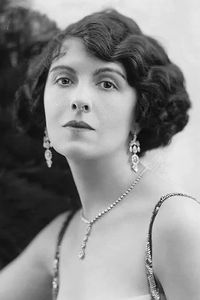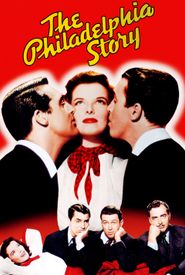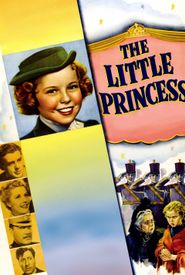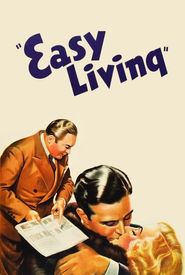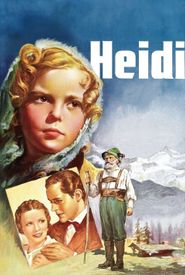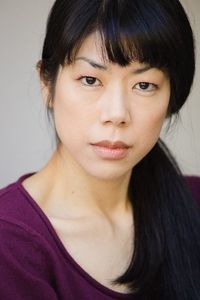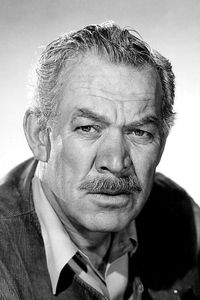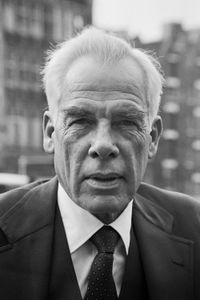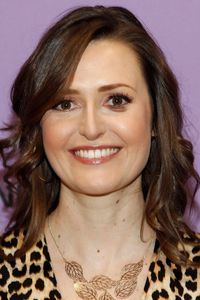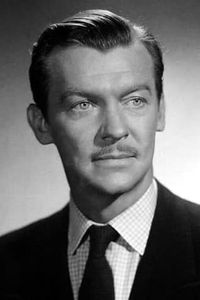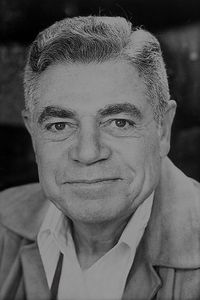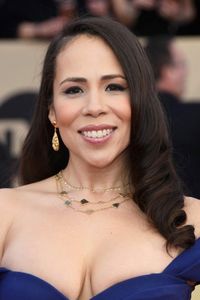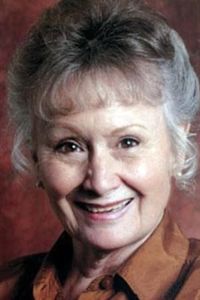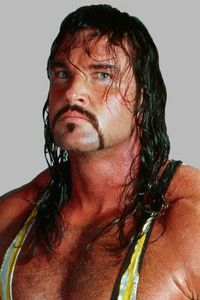Mary Nash's illustrious Hollywood career commenced in 1934, yet she was already a seasoned performer, having made her mark in vaudeville and on Broadway prior to her Tinseltown debut.
As a dancer, she made her first appearance on stage in 1904, followed by a notable collaboration with Ethel Barrymore in the 1905 off-Broadway production of "Alice-Sit-by-the-Fire". This marked the beginning of a long-standing association with Barrymore, as Nash went on to share the stage with her in "Captain Jinks" and "The Silver Box".
In 1915, Nash took on the role of a lifetime, starring in George Bernard Shaw's play "Major Barbara" at the prestigious Playhouse Theatre. Her impressive range as an actress was further demonstrated in her subsequent performances, effortlessly transitioning between comedy and drama.
Notable roles in "Captain Applejack" (1921-22) and "Uncle Tom's Cabin" (1933) showcased her exceptional comedic and dramatic abilities, respectively.
Mary Nash is perhaps best remembered for her memorable screen performances, including her iconic portrayal of a disapproving authority figure in "Heidi" (1937) and "The Little Princess" (1939). Her elegant and refined society mother in "The Philadelphia Story" (1940) is another standout role, while her spirited performance as Emma Louise in "Come and Get It" (1936) and the ill-fated queen in the technicolor adventure "Cobra Woman" (1944) demonstrate her remarkable range.
In her personal life, Mary Nash was briefly married to the actor José Ruben (1888-1969).
